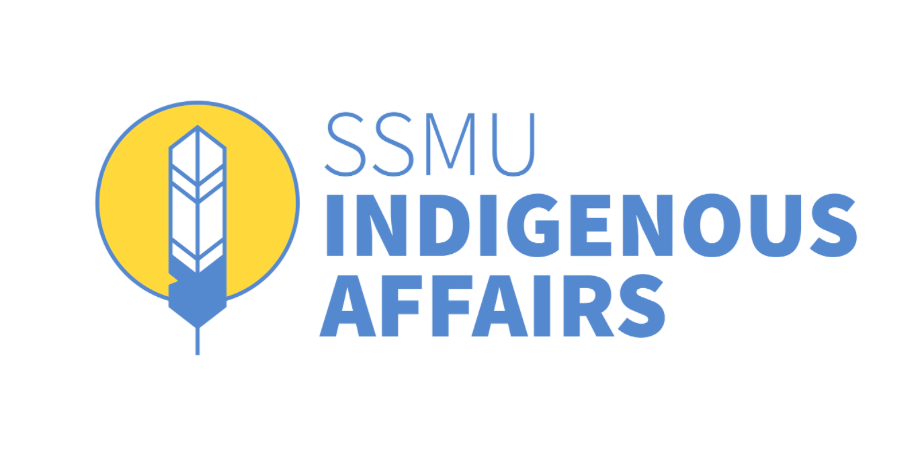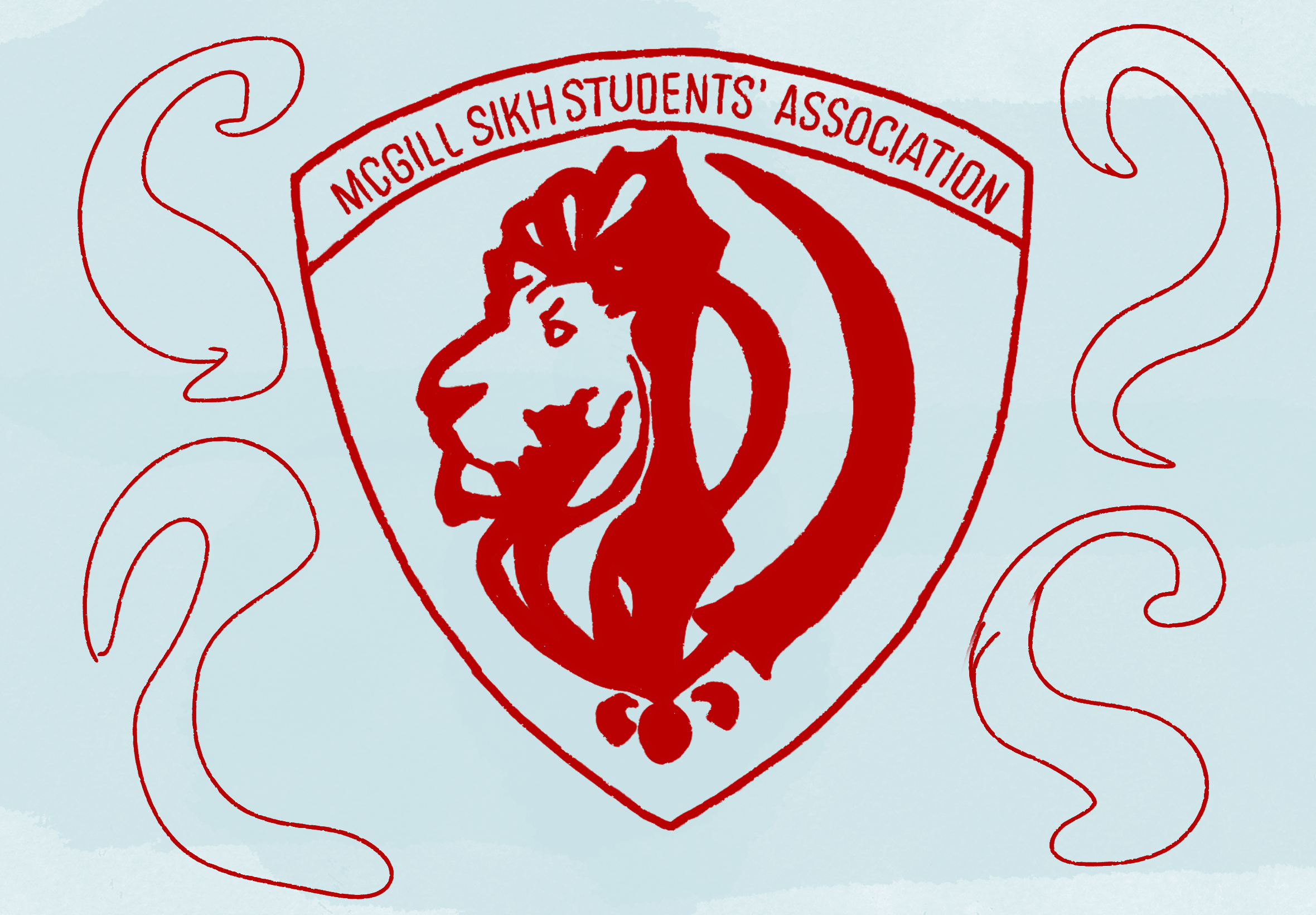Within the context of Halloween—when people sometimes don costumes that cross a line —and the #ChangeTheName protest, the McGill Indigenous Studies Program and SSMU Indigenous Affairs organized a Nov. 1 panel titled “Understanding Cultural Appropriation” to inform students about the phenomenon and the groups it harms.
The panel featured Jennifer Guiliano, a history professor at the Indiana University-Purdue University Indianapolis, whose research focuses on Native American mascotry and university sports. Guiliano was joined by McGill’s Rachel Zellars, professor at the Institute for Gender, Sexuality, and Feminist Studies, as well as Stephen Puskas, a local Inuk artist and filmmaker. The three speakers, each from different backgrounds and research fields, had a compelling conversation on the consequences of cultural appropriation for black, indigenous, and other racialized groups.
Throughout the discussion, the speakers pointed to the consequences of cultural appropriation as well as how people can show appreciation for; indigenous groups without appropriating their culture. Zellars, who was once a DJ, explained the repercussions of cultural appropriation in music, which is common in EDM and house music production.
“Black folks who were in Chicago and Baltimore were the people who created a particular type of sound and artistry,” Zellers said. “These names are completely erased from these lineages. I’m thinking of folks, like, Masters of Work and Juan Atkins. And it’s often like young white kids like Calvin Harris who profit from these influences today.”
The panel underscored the importance of remembering the histories and sources of cultural influences and ensuring that their work and contributions are honoured. When asked how to support Indigenous culture without appropriating it, Stephen Puskas explained that it is imperative to support indigenous artists and creators.
“There are different forms of material culture,” Puskas said. “There is food, which we are happy to share with other people. Then there’s material culture that is for sale; culture that we make for other people to wear. Then there’s culture that we make for ourselves and culture that is sacred, which we don’t intend for the public to see [….] You have to understand where your indigenous material culture fits in those categories.”
Puskas’ response shed light on a different way of looking at cultural appropriation and where the line between appreciation and appropriation lies. The panel also stressed that before buying clothing, accessories, or other cultural items, one should ensure that they are made by the racialized group that they are trying to support, so they are able to benefit from the financial profit.
Although cultural appropriation comes up most when discussing Halloween costumes, Zellers, Guiliano, and Puskas all expressed that the repercussions of the practice impact indigenous, black, and other racialized groups of people year-round. People often think of cultural appropriation only in the realm of fashion and clothing, but the panel emphasized that appropriating culture extends to the economic, psychological, and historical contexts of racialized groups.








